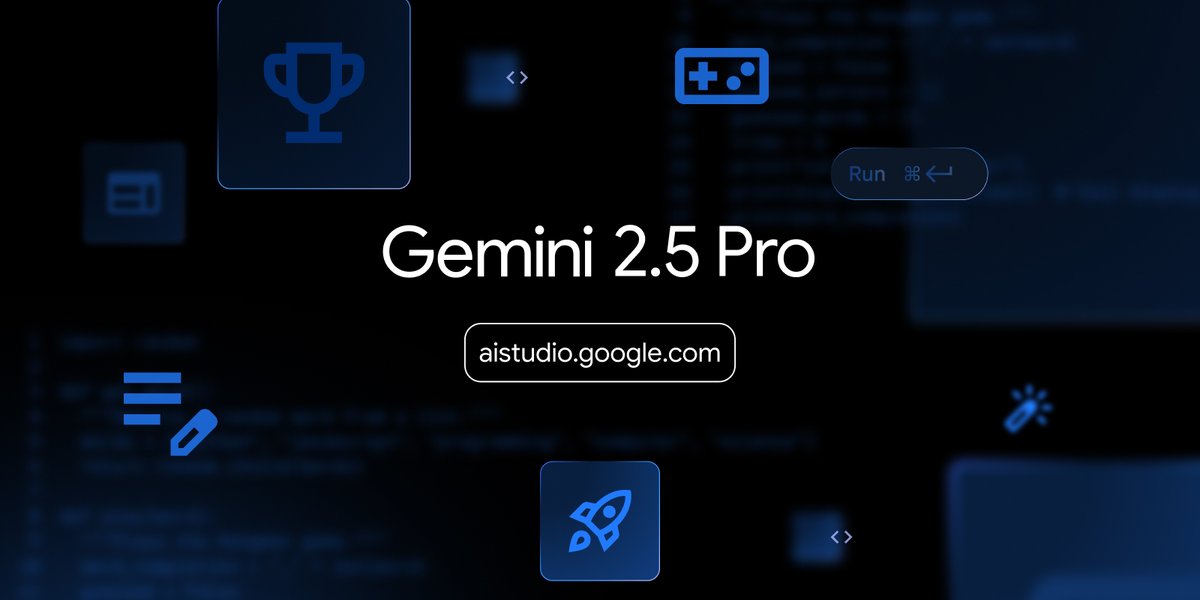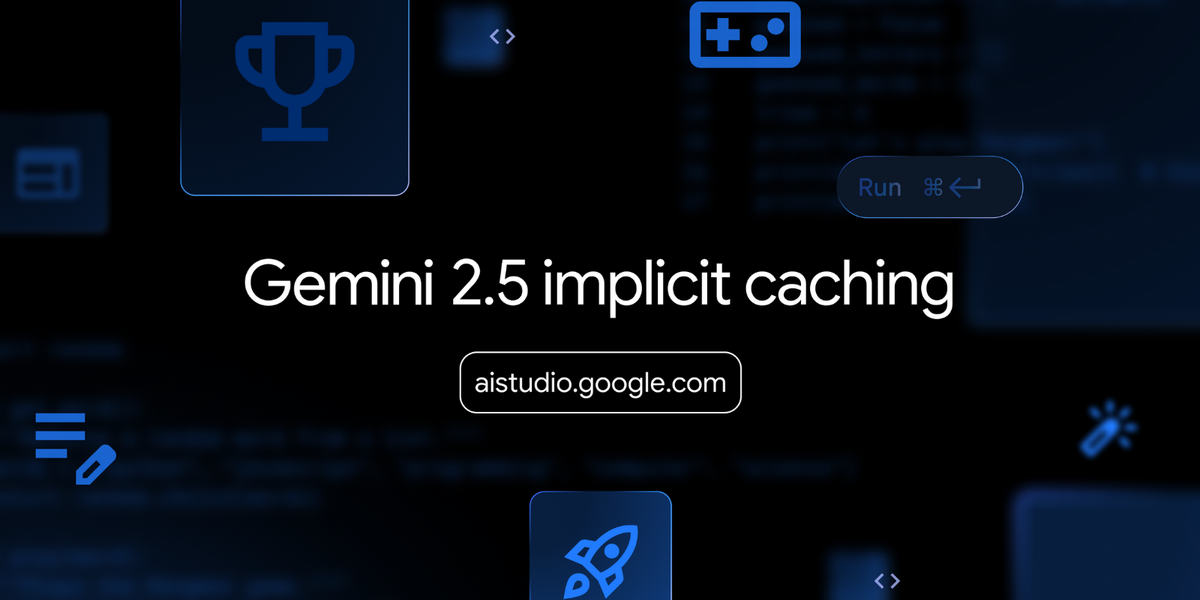
Google has released the Gemini 2.5 Pro Preview (I/O Edition), which features significant improvements in coding capabilities, especially in front-end and UI development, and addresses issues such as function calling errors and trigger rates. Gemini 2.5 Pro ranks #1 on the WebDev Arena leaderboard and shows improvements in fundamental coding tasks like code transformation, editing, and creating complex agentic workflows. The model also possesses strong video understanding capabilities, usable for creating interactive learning applications. Developers can access Gemini 2.5 Pro through the Gemini API in Google AI Studio or via Vertex AI, aiming to help them build applications more efficiently.





